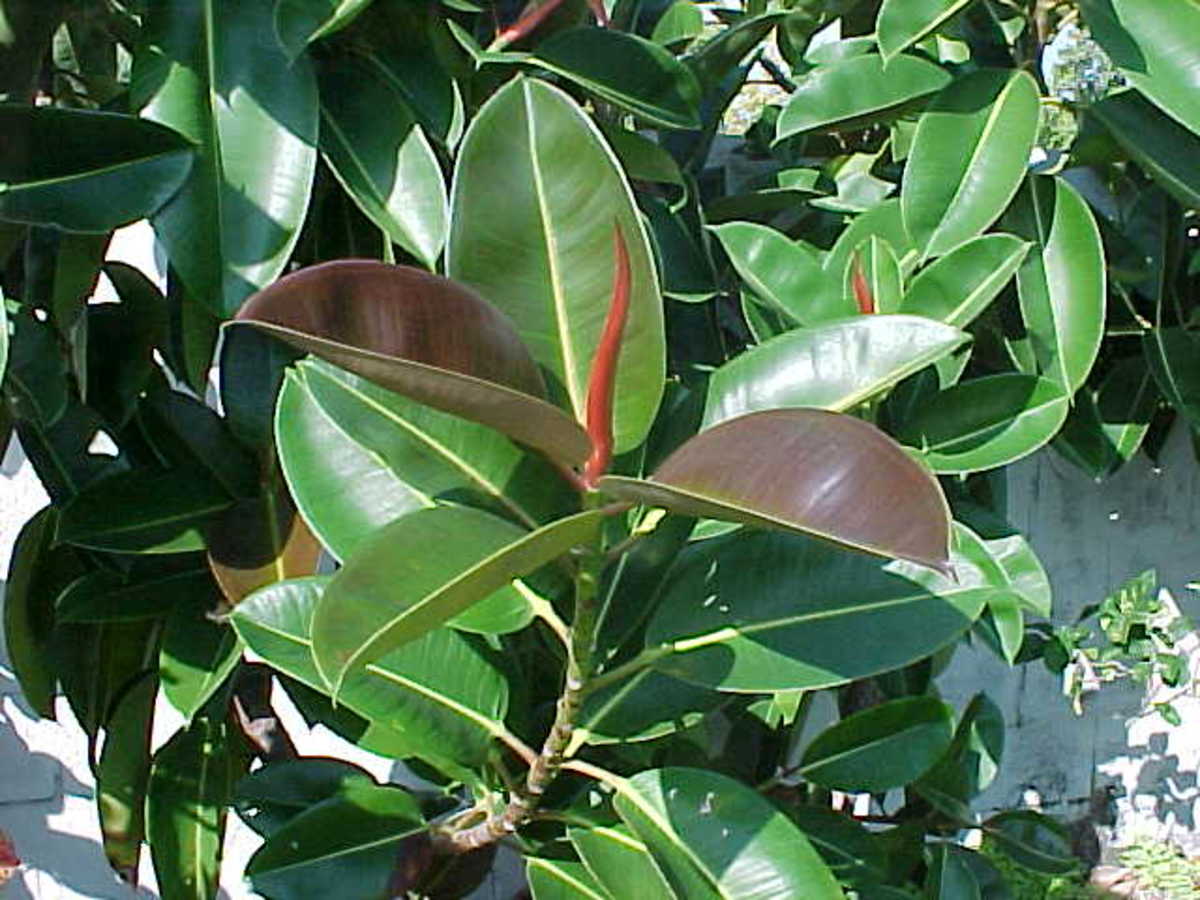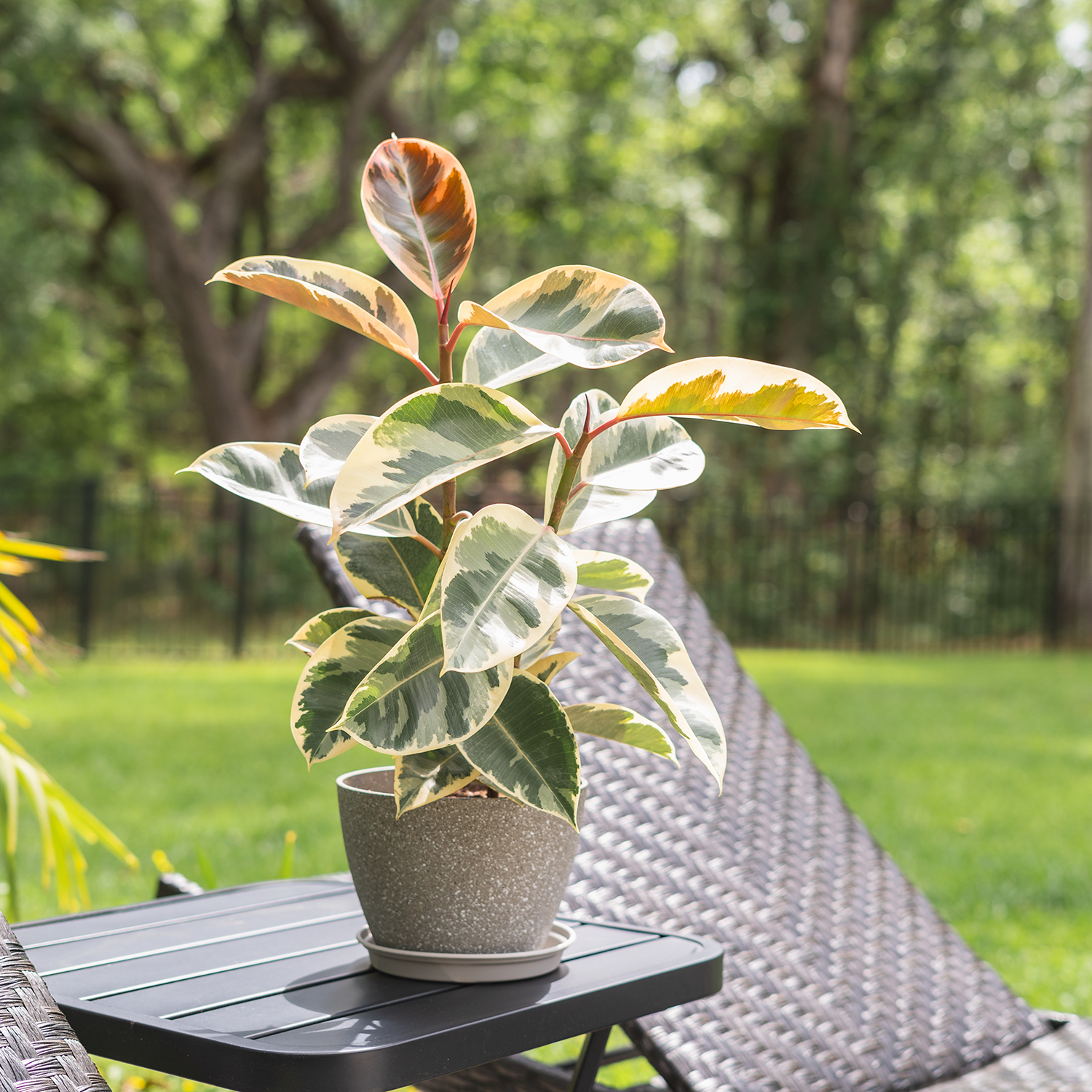Embark on a journey into the world of rubber tree plant seeds, where nature’s resilience and human ingenuity intertwine. From their unique characteristics to their vital role in cultivation, discover the captivating story of these remarkable seeds.
Delve into the fascinating realm of rubber tree plant seeds, exploring their intricate physical traits, ecological significance, and the secrets to successful germination and propagation. Prepare to be captivated by the transformative journey from seed to flourishing rubber tree, uncovering the essential care and cultivation practices that nurture their growth.
Botanical Characteristics of Rubber Tree Plant Seeds

Rubber tree plant seeds are unique and fascinating botanical structures that play a crucial role in the propagation and survival of the species. They exhibit distinctive physical characteristics and adaptations that distinguish them from other plant seeds, contributing to their ecological significance within natural ecosystems.
These seeds are typically small in size, ranging from 1 to 2 centimeters in length and width. They have an oval or elliptical shape with a smooth, glossy surface. The color of the seeds can vary from light brown to dark brown, with some varieties exhibiting a reddish hue.
Seed Structure and Adaptations
The structure of rubber tree plant seeds is intricately designed to protect and nourish the developing embryo within. The seed coat, which is the outermost layer, is composed of a hard, durable material that safeguards the seed from mechanical damage, desiccation, and pathogen invasion.
Beneath the seed coat lies the endosperm, a nutrient-rich tissue that provides sustenance to the growing embryo. The endosperm is surrounded by a thin layer of cells known as the perisperm, which serves as an additional source of nutrition.
At the center of the seed lies the embryo, which consists of a radicle, a hypocotyl, and two cotyledons. The radicle is the primary root of the developing seedling, while the hypocotyl is the stem that connects the radicle to the cotyledons.
The cotyledons are leaf-like structures that provide nourishment to the seedling during its early stages of growth. They are typically large and fleshy, containing a high concentration of nutrients.
Ecological Significance
Rubber tree plant seeds play a vital role in the natural ecosystem. They are dispersed by various means, including wind, water, and animals. This dispersal mechanism ensures the survival of the species by allowing seeds to reach suitable habitats for germination and growth.
The seeds also serve as a food source for various animals, including birds, rodents, and insects. This interaction between the seeds and animals contributes to the overall biodiversity of the ecosystem.
Germination and Propagation of Rubber Tree Plant Seeds

Germinating and propagating rubber tree plant seeds is a rewarding process that can yield healthy and thriving plants. Understanding the optimal conditions and proper techniques is crucial for successful seed germination and seedling growth.
The ideal conditions for rubber tree plant seed germination include:
- Temperature: Constant temperatures between 77°F (25°C) and 86°F (30°C)
- Moisture: Consistently moist soil, but not waterlogged
- Light: Bright, indirect light
Seed Preparation and Sowing
Before sowing, soak the seeds in warm water for 24 hours to soften the seed coat and enhance germination. Sow the seeds 1/2 inch deep in a well-draining seed starting mix. Keep the soil moist and provide bottom heat if possible.
Seedling Care
Once the seeds germinate, provide the seedlings with:
- Light: Gradually increase light exposure to avoid leggy growth
- Water: Water regularly, allowing the soil to dry out slightly between waterings
- Fertilizer: Fertilize monthly with a balanced liquid fertilizer
With proper care, rubber tree plant seedlings will develop into healthy and vigorous plants.
Cultivation and Care of Rubber Tree Plants from Seeds: Rubber Tree Plant Seeds

Cultivating and caring for rubber tree plants grown from seeds requires specific methods and attention to environmental conditions. By understanding the propagation techniques, soil requirements, and maintenance practices, you can successfully nurture healthy and thriving rubber tree plants.
Propagation Methods, Rubber tree plant seeds
Rubber tree plants can be propagated through two main methods:
- Direct Sowing: Seeds are sown directly into the potting mix or garden soil, covered lightly with soil, and kept moist until germination occurs.
- Transplanting: Seedlings are started in a seed tray or small pots and then transplanted into larger containers or the garden once they have developed several sets of true leaves.
Environmental Conditions
Rubber tree plants prefer warm, humid environments with bright, indirect light. They should be protected from extreme temperatures and drafts.
- Temperature: Ideal temperature range is between 65-85°F (18-29°C).
- Humidity: High humidity levels are beneficial, especially during the growing season. Misting the leaves regularly or using a humidifier can help maintain humidity.
- Light: Bright, indirect light is best. Avoid placing the plant in direct sunlight, as this can scorch the leaves.
Soil Requirements
Rubber tree plants require well-draining soil with a pH of 6.0-7.0. A mixture of potting soil, perlite, and peat moss is recommended.
Maintenance Practices
Regular care is essential for the health and growth of rubber tree plants. Proper watering, fertilizing, and pruning techniques should be followed:
- Watering: Water the plant when the top 1-2 inches of soil feels dry to the touch. Avoid overwatering, as this can lead to root rot.
- Fertilizing: Fertilize the plant monthly during the growing season with a balanced liquid fertilizer.
- Pruning: Prune the plant as needed to remove dead or damaged leaves and to control its size and shape.
